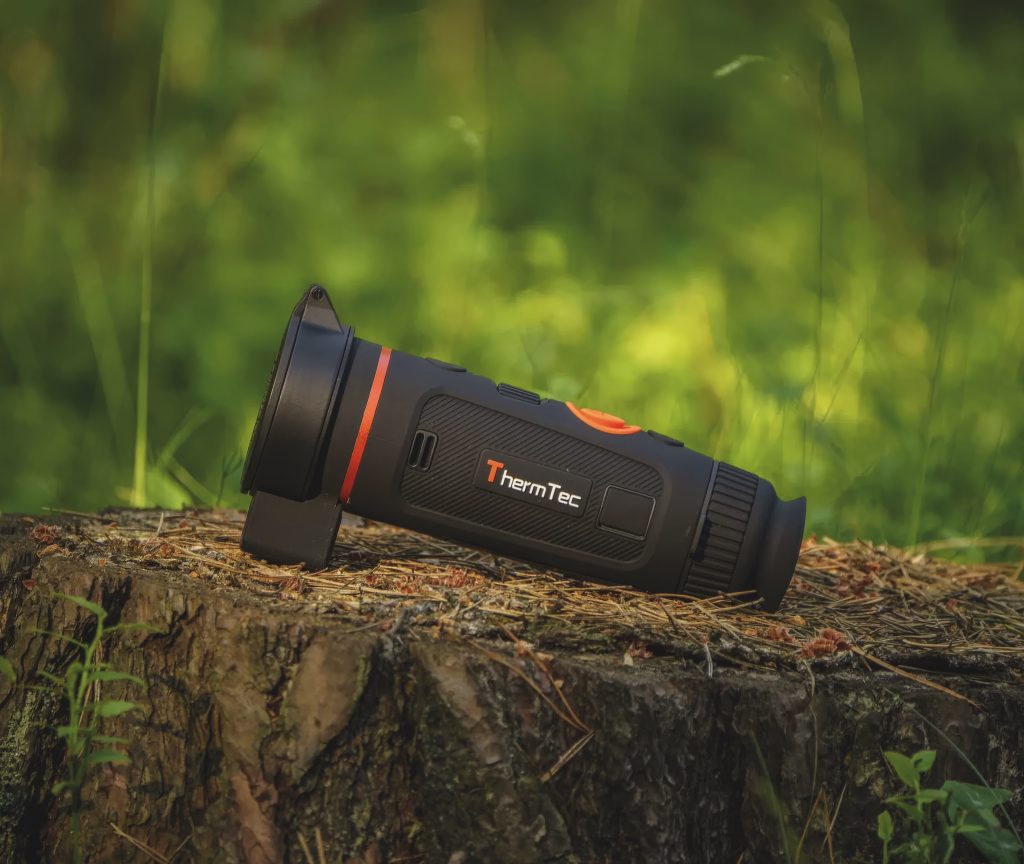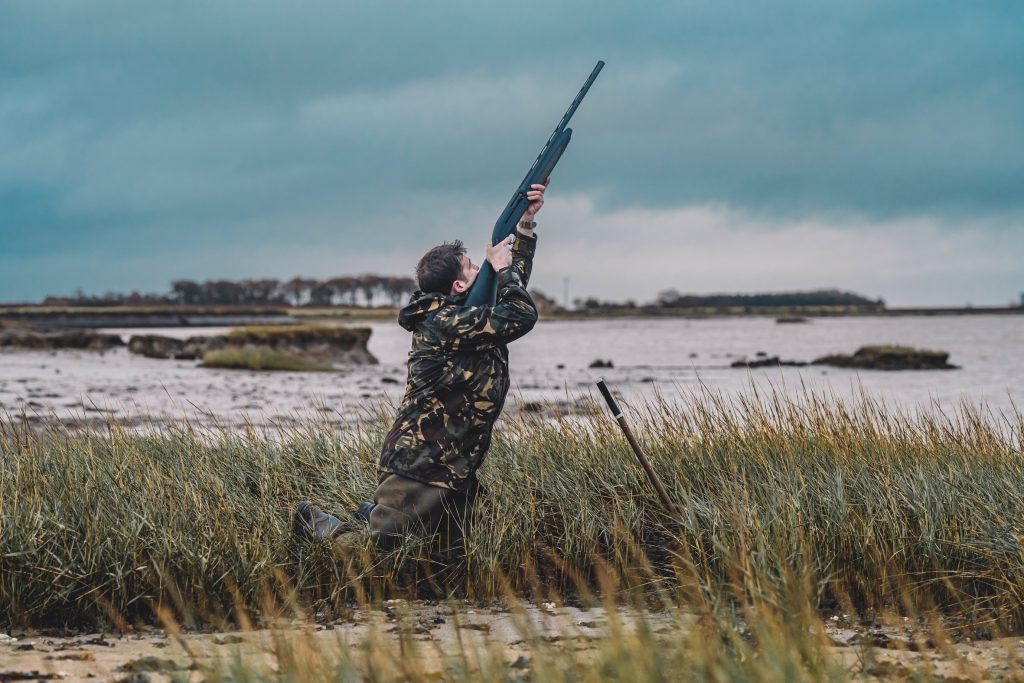Win CENS ProFlex DX5 earplugs worth £1,149 – enter here
The boxlock shotgun : a classic design that will never let you down
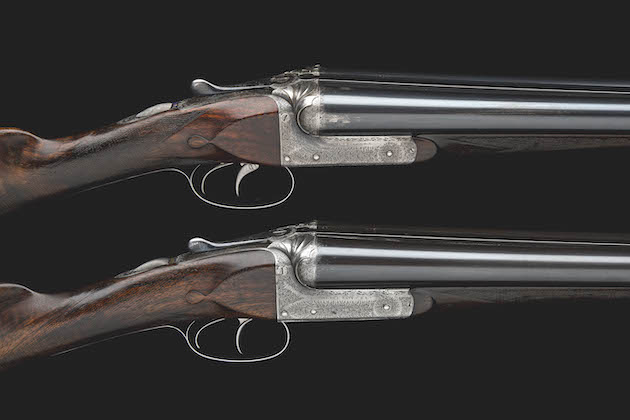 ARMY & NAVY C.S.L.
A MATCHED PAIR OF 12-BORE BOXLOCK EJECTORS, serial no. 17920 / 27307,
28in. nitro barrels, ribs engraved ' ARMY & NAVY C.S.L. LONDON.', and '1' and '2', 2 1/2in. chambers, bored approx. 1/4 and 3/4 choke (No.1) and true cyl. and imp. cyl. choke (No.2), treble-grip actions with carved stylised leaf fences, removable striker discs, slender toplevers engraved '1' and '2', automatic safeties with gold-inlaid 'SAFE' detail No.1 gun and blue enamelled 'SAFE' detail (some losses) No.2 gun, intercepting sears, articulated front trigger No.2 gun, fine acanthus scroll engraving with ornate foliate bordering, triggerguards engraved '1' and '2', retaining very slight traces of original colour-hardening, 14 1/4in. highly-figured stocks including horn buttplates, bolstered fore-end woods, weight 6lb. 2oz. (No.1) and 6lb. 4oz. (No.2), in their leather case
Provenance: The Army & Navy records show that gun No. 17920 was purchased for ã38 0s 0d by T. Whitworth Esq. in 1895 and that gun No. 27307 was purchased for the same price, by the same client, in 1902
Estimate ã1,000-1,500
ARMY & NAVY C.S.L.
A MATCHED PAIR OF 12-BORE BOXLOCK EJECTORS, serial no. 17920 / 27307,
28in. nitro barrels, ribs engraved ' ARMY & NAVY C.S.L. LONDON.', and '1' and '2', 2 1/2in. chambers, bored approx. 1/4 and 3/4 choke (No.1) and true cyl. and imp. cyl. choke (No.2), treble-grip actions with carved stylised leaf fences, removable striker discs, slender toplevers engraved '1' and '2', automatic safeties with gold-inlaid 'SAFE' detail No.1 gun and blue enamelled 'SAFE' detail (some losses) No.2 gun, intercepting sears, articulated front trigger No.2 gun, fine acanthus scroll engraving with ornate foliate bordering, triggerguards engraved '1' and '2', retaining very slight traces of original colour-hardening, 14 1/4in. highly-figured stocks including horn buttplates, bolstered fore-end woods, weight 6lb. 2oz. (No.1) and 6lb. 4oz. (No.2), in their leather case
Provenance: The Army & Navy records show that gun No. 17920 was purchased for ã38 0s 0d by T. Whitworth Esq. in 1895 and that gun No. 27307 was purchased for the same price, by the same client, in 1902
Estimate ã1,000-1,500
Boxlock shotgun surprise
On a delightful game day towards the end of last season, I was pegged next to a charming gentleman who was a good Shot. The rather annoying sort who seems to take each bird in slow motion, making it all look effortless. Naturally, we got talking and started discussing the guns we were shooting.
This was a fairly traditional, reasonably high-end day with the majority of Guns using English side-by-sides, such as older Purdeys and Hollands, so I was surprised when he showed me his modest William Ford boxlock shotgun. When I asked what his dream gun would be, he said that he would not swap his William Ford for anything. It had been in his family for three generations, bought by his great-grandfather and passed down. Aside from being rebarrelled, it had never had any significant work carried out and he was confident that it would not let him down. It had never been fitted but he shot well with it and, as he had a teenage son who was also a keen Shot, it would have a home for another generation at least.
It made me think about the merits of the humble boxlock shotgun, so often overlooked in favour of the sidelock, even though this classic has proved itself as sturdy, reliable and low-maintenance for well over a century.
The stunning Westley Richards & Co hand-detachable lock (droplock) shotgun is an adaptation of the original Anson & Deeley design
Sturdy
For the origins of the boxlock, we must look to 1875 to two innovative gentleman who worked at Westley Richards & Co, William Anson and John Deeley. From around 1870, we saw the invention of hammerless shotguns, with internal hammers and mechanisms that cocked themselves through the opening and closing process.
Although there were several of these hammerless models, the majority were sidelocks. Anson and Deeley’s (A&D) patent of 11 May 1875 hit the mark with its simplistic nature and reliability.
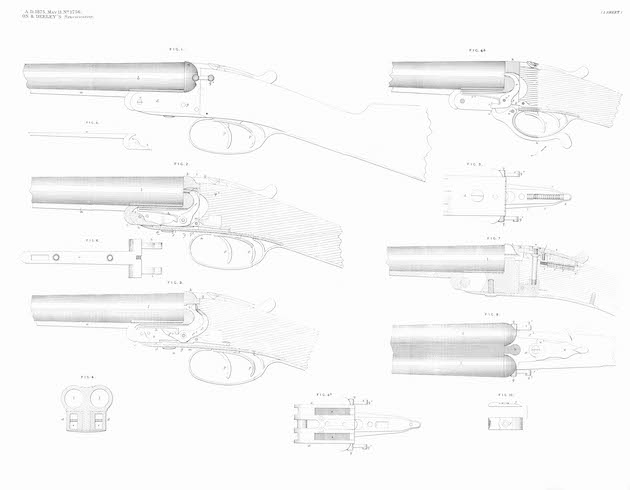
The boxlock is aptly named as the lockwork of the gun sits in what could be described as a box
A boxlock is aptly named as the lockwork of the gun sits in what could be described as a box, whereas with a sidelock the locks are attached to the side of the action. Anson and Deeley’s boxlock design became iconic. The positioning of the sears, hammers, and cocking limbs, as well as the use of the barrels as the force for cocking as opposed to the previous lever-cocking mechanism, made it stand apart. This design has arguably been the foundation of all other makes and models of boxlock over the past century and a half, quite the legacy to leave behind.
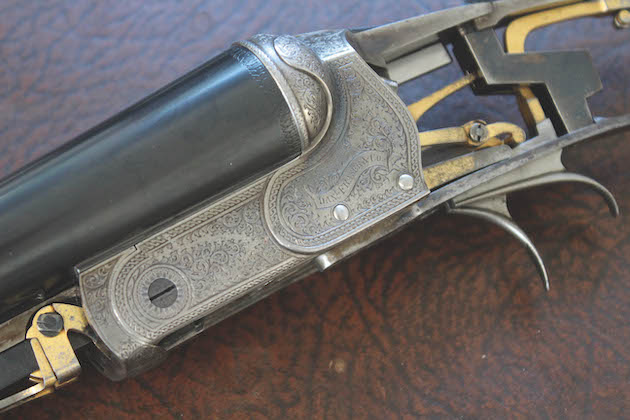
Boxlocks at their best: an example by Scotland’s Dan’l Fraser
Anson and Deeley protected their patent incredibly well. They did, however, allow other gunmakers to use the design under licence, paying them a royalty. Today, you can still see many lovely boxlocks with a range of names on them, such as Henry Atkin, William Powell and Army & Navy. Large Birmingham manufacturers, such as Webley & Scott and Midland Gun Company, produced classic A&D boxlocks in high numbers, both for themselves and other gun retailers. These guns generally offer brilliant value for money. If you do happen to stumble across one in your local gun shop, I wouldn’t hesitate to snap it up.
So what makes the boxlock worth shouting about? It is its simplicity, the reduced number of internal components. This allows many parts to be larger and thicker than those in a sidelock, providing strength and resistance to wear and tear. Although all guns should receive regular maintenance, it could be argued that boxlocks require less. A sidelock features many small components. Dirt, congealed grease or rust could easily cause it to fail. Boxlocks are less susceptible to this.
Ease of manufacturing is another benefit. This translates to more gun for your money. I spoke to a Mr Palmer who shoots both a sidelock and boxlock. He describes his 1960 Arthur Howell & Co as “simple, reliable, stylish and undeniably elegant in both form and function”.
He continues: “I normally shoot a pair of side-by-side Holland & Holland Royals. However, I use the boxlock for walked-up days, pigeons and roost shooting. Why would you shoot a mass-made over-and-under when you can own a piece of handmade history for less money?”
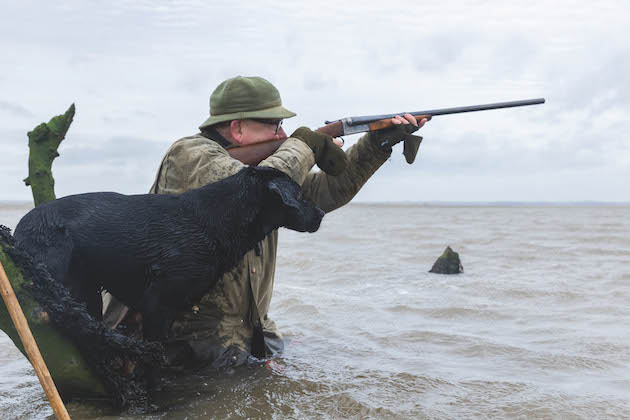
Perfect for wildfowling or clay shooting, the boxlock is an underrated all-rounder
Pleasure to shoot
Mr Palmer also points out that a basic Birmingham boxlock side-by-side can be a pleasure to shoot. They are usually lighter than a modern over-and-under, more comfortable to carry on a walked-up day and it is much less painful if they are scratched or dented. Provided you are not shooting stratospheric pheasants with heavy cartridges, performance and recoil is not an issue either.
If you can find yourself a sleeved boxlock, you are in a good position to take on the changeover to steel. I appreciate the desire to own a Best quality sidelock or over-and-under, but perhaps for those of us not lucky enough to have multiple guns in the cabinet, a boxlock could be the perfect all-rounder. Hearty enough to tackle the reality of days in the field , from rough shooting to pigeon hides, mud, blood, rain and all.
If your heart is set on a Best quality gun, don’t write off the boxlock. The stunning Westley Richards & Co hand-detachable lock (droplock) shotgun is an adaptation of the original A&D design, first developed in 1897 by John Deeley and Leslie Taylor. Featuring only six main components, it would not be described as ‘lower end’.
We are treated to boxlocks at their best from Scottish gunmakers such as Alex Martin, William Horton and Dan’l Fraser, who added their own creative flair to the A&D design.
Someone who knows Scottish boxlocks better than most is J-P Daeschler, managing director of John Dickson & Son: “The epitome of this flair and style has to go to Joseph Harkom, the Edinburgh gunmaker known for his ‘Best-guns-only’ approach. His boxlock was placed above his sidelock in terms of quality.
“You only have to look at the rebated frame and serpentine fences unique to Harkom boxlocks to appreciate the skill and effort.”
Fellow game Shot Duncan Browne is lucky enough to own a Dan’l Fraser. He explains why he enjoys this particular gun so much: “My Fraser has 30in barrels and weighs in at just over 7lb. It is perfectly balanced, as good at dusting clays as it is game, and you can tell that no expense was spared in its production. I always reach for it over my nice — but not as interesting — pair of Purdeys.”
If we look at more modern boxlocks, the AYA No 4 is highly popular. It was created around the 1960s, with the King brothers, founders of the firm ASI, being highly influential in its development. They introduced the Westley Richards & Co droplock to AYA and that became the inspiration behind their own boxlock ejector. A Spanish-made gun that was designed to appeal to the English game shooting market, the No 4 offers the simplicity and reliability that a boxlock should, and comes in both a standard and deluxe model, proving aesthetics to suit all manner of tastes and budgets.
A Mr Brooks, who shoots an AYA No 4, describes it as “simple, robust and reliable. It fits in on a game day and is trustworthy in a hide”.
He grew up shooting a boxlock and, after a stint of shooting with a Beretta Silver Pigeon, has switched back: “I have recently shot an AYA No 4 on driven game days and have rekindled the relationship I had with a boxlock shotgun.”
Whether you have a vast or more conservative budget, whether you delight in the ornate and extravagant or prefer simple efficiency, if you are looking for a reliable gun that will perform in the field and last a lifetime, a boxlock should never be overlooked.
Related Articles
Get the latest news delivered direct to your door
Subscribe to Shooting Times & Country
Discover the ultimate companion for field sports enthusiasts with Shooting Times & Country Magazine, the UK’s leading weekly publication that has been at the forefront of shooting culture since 1882. Subscribers gain access to expert tips, comprehensive gear reviews, seasonal advice and a vibrant community of like-minded shooters.
Save on shop price when you subscribe with weekly issues featuring in-depth articles on gundog training, exclusive member offers and access to the digital back issue library. A Shooting Times & Country subscription is more than a magazine, don’t just read about the countryside; immerse yourself in its most authoritative and engaging publication.






